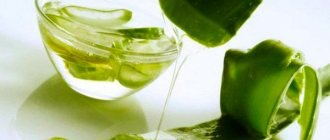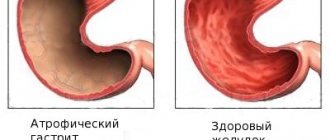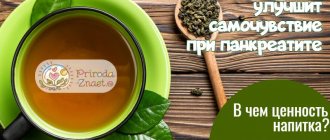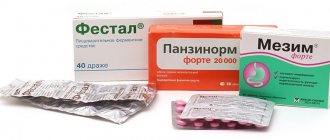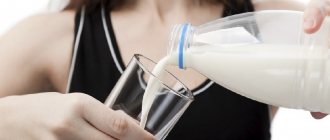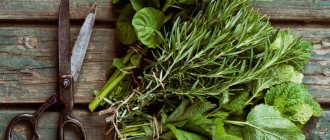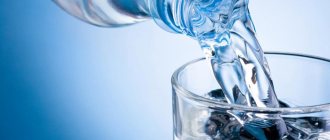The state of human health greatly depends on normal digestion. And the main organ regulating this process is the pancreas. It produces enzymes that break down proteins, fats and carbohydrates in food. In addition, it releases the hormones insulin and glucagon into the blood, which are responsible for the absorption of glucose.
Unfavorable environmental conditions and the abundance of chemical additives in food also negatively affect its work. That’s why so many people are interested in the question of how to restore the pancreas, and we’ll tell you about it.
Functions
The pancreas performs intrasecretory and exocrine functions. First of all, it produces pancreatic juice containing enzymes and enzymes. It enters the duodenum and takes an important part in the digestion of food. In addition, individual cells of this organ produce hormones responsible for the absorption of glucose.
If any of these functions are disrupted, the health of the entire body suffers. Due to the lack of enzymes for digestion, the absorption of nutrients deteriorates, which negatively affects human performance and the functioning of all organs. And disruption of hormone production can lead to the development of diabetes.
The danger of such pathologies is that they often begin to develop unnoticed. A sluggish inflammatory process can lead to degeneration or death of cells. If treatment is not started promptly, it may be impossible to restore pancreatic function. Dead cells are replaced by scar tissue, which slows down the process of enzyme production. It will also not be possible to restore cells that are degenerating as a result of an inflammatory process or damage. But it is possible to stop pathological processes and prevent further disorders.
The pancreas performs very important functions in the body
Kissels and compotes
In case of acute exacerbation in the initial stage, the use of jelly is recommended. Due to its viscosity, it envelops the walls of the stomach and intestines, which creates a protective film, thereby relieving the inflammatory process and irritation of these organs by digestive juice.
The preparation uses a pure product without additives of dyes, flavors, or GMOs. For pancreatitis, it is recommended to make jelly from oatmeal and milk. It is also possible to prepare fruit and berry jelly, but you need to be careful that it is not too rich and sour. This type of administration is useful during the period of stable disease.
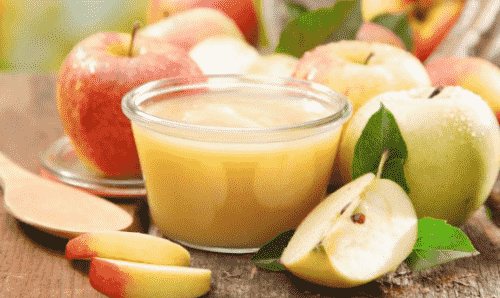
Jelly and compotes
Don't forget about compotes. Compotes have significant benefits in the treatment of pancreatitis and help replenish the body with vitamins and completely remove harmful and inflammatory toxins from the body. The component is fruits and berries with a low content of acid and pancreatic irritants. Cook in purified water, after boiling, remove from heat and let it brew. Take 200 ml before meals 20 minutes.
Diseases
There are organic and functional disorders of this gland. Sometimes its functions are disrupted without damaging the cells, for example, after severe stress, nervous strain, or with liver damage. In this case, there is no damage to the gland cells, only the production of enzymes decreases. No special treatment is required for functional disorders; recovery usually occurs on its own.
But most often there are organic pathologies of the pancreas, leading to damage or degeneration of its cells. At the same time, complex treatment is necessary to restore the functions of this organ, but even this is not always effective. The prognosis for recovery depends on the type of lesion, its severity and concomitant diseases.
There are several most common diseases of the pancreas:
- Diabetes mellitus is characterized by impaired insulin production. This is due to the fact that the beta cells of the pancreas that perform this function are damaged and die. In this case, the person loses the ability to absorb glucose. This affects the general condition of the body. It is impossible to completely restore these cells to their function, so the patient is forced to constantly take special medications.
- Acute pancreatitis is also a common disease. It occurs due to the fact that the removal of pancreatic juice is difficult and enzymes remain in the gland, damaging its tissue. Acute inflammation occurs, accompanied by severe pain.
- In chronic pancreatitis, gland tissue is destroyed slowly, gradually leading to a deterioration in the production of enzymes. The disease is characterized by periods of exacerbations and remissions. Without the necessary treatment, a constant inflammatory process can lead to tissue necrosis or the appearance of a malignant tumor.
- Tumors in the pancreas often form as a complication of pancreatitis. These can be benign formations, for example, a cyst or lipoma. But cancerous tumors are more common.
- Sometimes stones may be found in the pancreas. If they block the ducts, this can lead to acute inflammation or disruption of the pancreas.
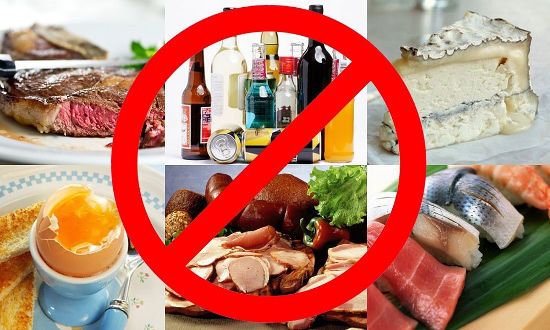
The main cause of pancreatic dysfunction is often poor nutrition.
Chicken bouillon
What can you eat and drink if you have pancreatitis – chicken broth. It is recommended by doctors as a means of restoring strength. But with this type of disease, approach it with caution.
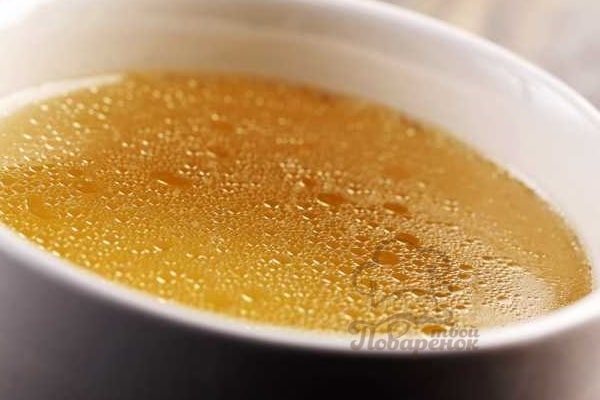
chicken bouillon
In case of acute form of pancreatitis, the product is allowed to be consumed in the diet no earlier than 5-6 months. Reasons why this happens:
- increases the release of gastrointestinal secretions, which leads to nausea, pain, vomiting;
- contains a high amount of organic fats, which provokes increased inflammation;
- When raising birds, growth and weight gain hormones are sometimes added.
All these factors are of serious importance in case of pancreatitis, therefore, for a weakened body in the first 5 months, taking broth is not recommended.
For pancreatitis, juices from acceptable foods are healthy and nutritious. Juices are also used for many diseases to remove harmful substances and toxins from the body, and this is liberation from irritants. Questions that arise during inflammation of the pancreas must be discussed with your doctor.
Causes
The normal functioning of this gland is very important for the entire body. But it also greatly depends on a person’s lifestyle and diet. When eating a large amount of heavy food, poisoning with chemicals or alcohol, or having bad habits, the load on it increases. Therefore, disorders of the pancreas most often occur in middle-aged or elderly people. Moreover, men are more susceptible to such diseases. But they can occur even in children, for example, due to congenital developmental abnormalities, genetic predisposition or serious dietary errors.
The main reason for poor pancreatic function is considered to be poor nutrition. Overeating or long breaks in eating, excessive consumption of fats, spices and canned food, low-quality foods or alcohol - all this increases the load on all digestive organs. But the pancreas especially suffers from this.
Dysfunction of this organ can also appear as a reaction to the following pathologies:
What foods does the pancreas love?
- gastritis or ulcer;
- chronic cholecystitis;
- cholelithiasis;
- closed abdominal injuries;
- general viral or bacterial infections;
- helminthiases;
- poor circulation in the abdominal cavity;
- renal failure;
- systemic lupus erythematosus.
Prevent trouble
Rare and moderate alcohol consumption, a healthy diet, and physical activity are enough to keep the pancreas healthy. And one more thing: if you don’t want to get sick, quit smoking. All other things being equal, pancreatitis occurs in heavy smokers approximately 5 years earlier than in non-smokers. And the risk of developing tumors in the pancreas in smokers is 2-3 times higher.
It is necessary to follow all these rules even if an attack has already occurred. After it is removed, you will have to add a diet to everything else. From the diet you need to exclude everything fatty, fried, spicy, rich broths, smoked foods, soda and alcohol. You will also have to give up salt, milk, pure sugar, honey and jam for a while. Among the prohibited vegetables are cabbage, legumes, spinach and radishes. But soups and purees from other vegetables are welcome. Meat and fish should be low-fat varieties: lean beef, chicken fillet, turkey, pike perch, carp. Vegetables can only be consumed boiled or steamed and preferably pureed. Fruits – baked, in the form of jelly or compote. An important component of the diet should be well-cooked porridge, for example, buckwheat or oatmeal. Fermented milk products are allowed, but they should not be too sour. It is necessary to sit down at the table often and eat little by little. All these rules will help to avoid repeated attacks and maintain health.
Symptoms
The problem with diagnosing such pathologies is that at the initial stages there are no obvious signs. With hidden pathologies, only general symptoms of digestive disorders can be observed. These include periodic nausea, vomiting, heaviness in the stomach after eating, flatulence, and loss of appetite. A decrease in the number of enzymes leads to a lack of nutrients. This is manifested by headaches, weakness, and fatigue. Due to the fact that food is poorly digested, dysbiosis develops, constipation alternates with diarrhea.

If the pancreas malfunctions, abdominal pain, nausea, and deterioration in general health are often observed.
Gradually, dysfunction progresses, leading to damage to gland cells. Inflammation develops and the outflow of pancreatic juice is disrupted. These pathological processes are accompanied by more pronounced symptoms.
In addition to nausea and intestinal upset, other symptoms may occur:
- Pain that can be aching or sharp, burning. It is usually observed in the upper abdomen or left, but can spread to the arm, back, or heart area. Pain increases after eating, especially large meals, and also when lying on your back.
- With inflammation, body temperature often rises. This is due not only to the inflammatory process, but also to general intoxication of the body. At the same time, weakness appears, the skin turns pale, and cold sweat appears.
- Headache can be caused by intoxication or decreased immunity. The patient may experience fatigue, irritability, and decreased concentration.
- If the pancreas is not working at full capacity, the absorption of nutrients is impaired. Because of this, the patient loses a lot of weight, even with normal nutrition.
- Often with such pathologies, tachycardia develops. An increased heart rate can lead to shortness of breath, fatigue, and sweating.
What sweets are possible for pancreatitis?
Pancreatitis is a complex disease of the pancreas. Accompanied by unpleasant pain attacks and nausea. To restore the functioning of a damaged organ, the patient must follow a diet.
Food should not provoke new attacks of inflammation of the organ; it must maintain the required amount of vitamins and beneficial microelements.
An unusual way of preparing dishes, the exclusion of favorite foods is stressful for patients, and the complete exclusion of treats in such a situation seems terrible.
Desserts for pancreatic diseases must be carefully chosen.
It’s worth noting right away that ideally, there should be no sugar in the patient’s diet. If it’s hard to refuse and you really want it, we’ll look for an alternative. The amount of tasty foods consumed and the types of permitted foods depend on the complexity of the disease.
What is allowed in the acute form of the disease?
Glucose and the pancreas get along well in a healthy body. The sugar included in the composition forces the gland to produce insulin, and the load on the unhealthy organ increases. During an exacerbation of pancreatitis, it is necessary to reduce the load, dessert is completely excluded from the patient’s diet, even consuming a small amount of sugar is unacceptable.
The first days after the attack has stopped, therapeutic fasting is useful, which is accompanied by taking a large amount of liquid.
Gradually, light protein products (poultry, veal, fish) are included in the menu. After a month, the strict diet can be softened. Jelly, puddings, and fruit mousses are added to the menu.
Dishes are prepared with a sugar substitute. The inclusion of other sweet products is not permitted.
Dessert during remission
Give preference to light desserts, such as jelly and mousse.
When the disease enters a long-term quiet phase, the list of permitted treats is gradually expanded. When selecting products, caution is strictly observed, certain requirements:
- Preference should be given to homemade sweet products. They contain fewer additives that are hazardous to health.
- Without being able to cook it yourself, when choosing in a store, read the label. flavorings, preservatives, dyes will negatively affect the diseased organ.
- When preparing treats, include fructose in the composition. Even if the patient does not develop diabetes mellitus due to the disease, it is not worth provoking the organ to secrete insulin in order to process glucose.
- Don't forget about your diet. Your favorite delicacies should not contain fat, spices, or alcohol.
- Keep an eye on the expiration date. Expired, dried, yesterday's food is not suitable for a healthy body, and for a sick organ it is stressful.
- Know your limits. Don't overeat.
What are the allowed treats for pancreatitis?
People with pancreatitis need to replace their favorite sweet foods with foods with acceptable sugar content. What sweets are best?
Give preference to unsweetened fruits.
You should give preference to fruits, but not sweet ones. Compotes, jelly, jelly, jam without added sugar are suitable for the patient’s diet menu. The full list of permitted products is as follows:
- marmalade, marshmallows, marshmallows;
- biscuits, baked goods made from soft dough, bagels;
- drying, candied fruits;
- jam, jam, marmalade, honey;
- meringue, protein soufflé.
Watch the composition of treats. Jam, marmalade, and soufflé should be prepared using fructose. Try to protect yourself from consuming glucose. Bagels are considered the most dietary sweet.
Rusks and bagels are allowed even during a severe hunger strike in the acute period. You need to be careful when buying bagels in a store; your favorite delicacy may contain fat.
It is preferable to eat them soft, so a homemade recipe is the best way not to harm your health.
The list includes dishes that do not contain fat, but they should be introduced into the diet gradually. The maximum daily dose of treats is 50 grams. It is necessary to monitor the body’s reaction to each product separately; in case of exacerbation, the intake of goodies is stopped. Remember, before introducing new foods into your diet, consult your doctor.
Diagnostics
Complete restoration of the pancreas is possible only in the initial stages of pathologies. This is why early diagnosis is so important. To do this, if you feel unwell, you need to undergo an examination. After the conversation, the specialist can make a preliminary diagnosis and determine what studies are needed.
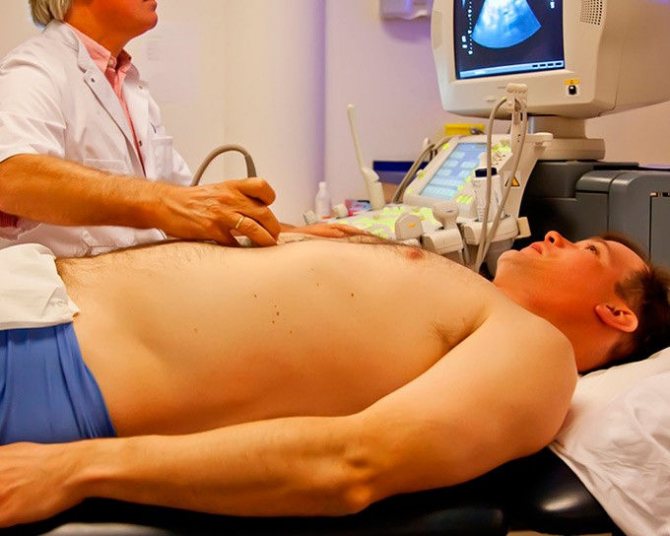
Pathologies of the pancreas can only be detected during instrumental examination
Most often they start with a general and biochemical blood test and a urine test. They will help determine glucose levels and the presence of enzymes. In addition, the main method for diagnosing pancreatic pathologies is ultrasound. It helps determine the size of the organ, the condition of the tissues, the presence of stones or tumors. Sometimes an FGDS or gastroscopy may be required. To determine the condition of other gastrointestinal organs, an MRI is prescribed.
Violation of the pancreas can be identified by coprogram - stool analysis. It may contain an increased content of fatty acids, starch or muscle fibers. Sometimes a tissue biopsy is also required.
It is possible to normalize the functioning of the pancreas and digestion only after making an accurate diagnosis. You should not self-medicate, since without eliminating the cause of the pathology, no medicine will be effective. Only proper therapy will help avoid pancreatic necrosis, tumors or other complications.
How to restore the pancreas in case of endocrine dysfunction
Patients who are faced with diabetes are often interested in how to improve the functioning of the pancreas in their situation. If the acini can be regenerated in rest mode, then not everything is successful regarding the islets of Langerhans.
In the structure of such islets there are several forms of cells, as well as alpha cells produced by glucagon, beta cells responsible for the production of glucose. It is normal that when sugar in the circulatory system increases, there is an activation of sugar production in the gland.
In type 1 diabetes mellitus, damage to beta cells occurs, resulting in an autoimmune phenomenon, the production of the hormone in them stops. There is a complete deficiency of glucose.
The formation of type 2 diabetes mellitus is not associated with changes in beta cells, but with a decrease in the sensitivity of certain receptors to glucose. However, the performance of the hormone itself will remain at the same level or decrease slightly.
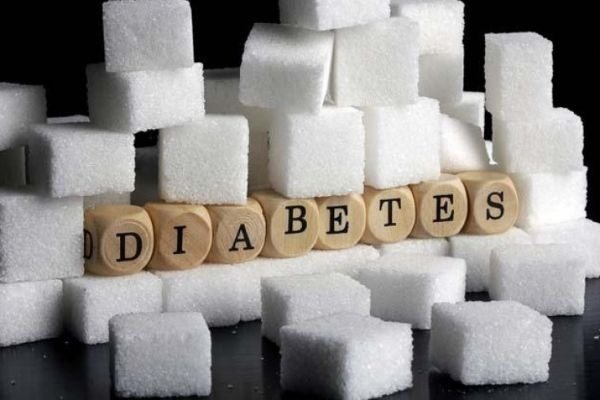
diabetes
Today, complete renewal of beta cells is not feasible. But to this day they are looking for a solution to this problem. There is an assumption that for cell regeneration it is possible if a bone marrow transplant is performed.
A more favorable outcome for type 2 diabetes. Although affected beta cells cannot be regenerated, it is possible to prevent their further destruction. How to protect your pancreas:
- adhere to a diet with a reduced presence of sugars;
- take medications that replace glucose;
- weight should be normal;
- devote more time to physical activity.
What to do
Many people are interested in the question: is the pancreas restored? This depends on the severity of its damage, the age of the patient, his lifestyle and the presence of concomitant diseases. In case of serious pathologies, recovery is out of the question. After all, damaged gland cells do not have the same ability to regenerate as liver cells. But it is quite possible to restore healthy tissues to their functions and the ability to produce the necessary enzymes. The main ways to do this are by eating a healthy diet and taking special medications.
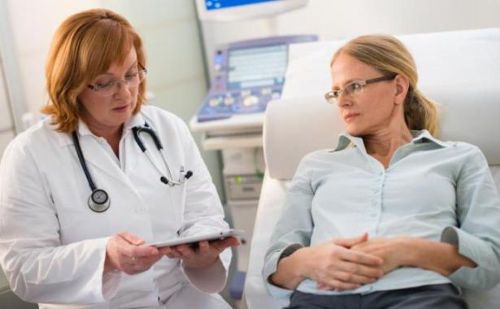
In case of an acute attack of pancreatitis, you should definitely seek medical help.
Attack
If you experience severe abdominal pain, you should contact a medical facility as soon as possible. They can be caused by acute pancreatitis, blockage of the ducts by stones, or the development of a tumor. All of these conditions are life-threatening and require immediate treatment, often surgery.
The further prognosis depends on whether first aid is provided correctly during an attack of pancreatitis. You need to know that in this case the patient needs hunger, rest and the use of cold compresses on the gland area. Sometimes strong analgesics are used, but they must be prescribed by a doctor. In order not to burden the pancreas, it is better to administer drugs intravenously. Therefore, patients with acute pancreatitis should be hospitalized. Most often, antispasmodics are used to relieve pain: Drotaverine, No-Shpa, Papaverine, Platiphylline. Sometimes injections of Novocaine or Promedol are required.
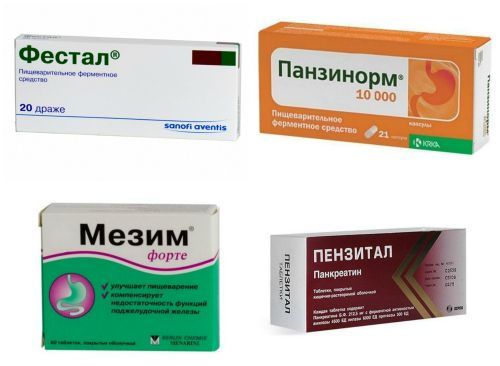
To relieve the load on the pancreas, enzyme preparations are necessarily prescribed
Drug therapy
You can support the pancreas after an attack, as well as during chronic pancreatitis, with the help of special medications prescribed by your doctor. Self-medication for pancreatic dysfunction is unacceptable.
In case of inflammation or disruption of the outflow of pancreatic juice, antisecretory drugs are used. They neutralize the activity of enzymes and reduce their damaging effect on the mucosa. Most often these are Omeprazole, Pantoprazole, Ranitidine, Contrical or Gordox. Sometimes Maalox or Almagel, which neutralize hydrochloric acid, are also prescribed. To relieve swelling and accelerate the elimination of toxins, diuretics are needed: Furosemide, Lasix, Diacarb.
Depending on the presence of symptoms and damage to other organs, different drugs are used. Drugs that help support liver function are often prescribed: Essentiale, Karsil, Gepabene.
If there is an infection, antibiotics are needed. Sometimes Urolesan is used, which relieves spasms in the gallbladder, Cerucal or Metoclopramide, which reduce nausea.
But the main means of treatment are drugs that support the pancreas, reducing the load on it. These are enzymes and digestive aids. Pancreatin is most often prescribed, but Festal, Mezim, and Creon are also effective.
Nutrition
The most important method for improving the functioning of the pancreas is proper nutrition. The choice of diet depends on the type of pathology and the severity of its damage. In case of acute pancreatitis, it is advisable to abstain from food altogether for several days, drinking only non-carbonated mineral water or herbal decoctions. Then a strict diet is prescribed. It is allowed to eat slimy soups, rice water, vegetable broths, pureed porridges, white crackers, and steamed meatballs.
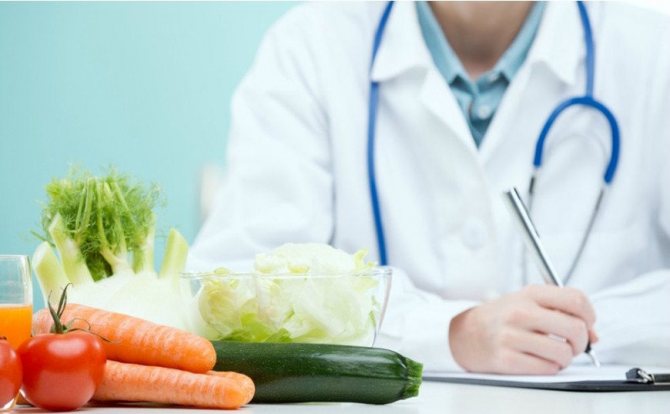
For any dysfunction of the pancreas, a special diet must be prescribed.
After the patient’s condition is alleviated, he is allowed to switch to a less strict diet. It includes boiled or stewed vegetables, lean meat and fish, low-fat dairy products, soft cheeses, pureed cereals, dried fruit compote, jelly. You should try to more often include in your diet foods that improve pancreatic function. These are Brussels sprouts, pumpkin, zucchini, broccoli, green apples, walnuts, seaweed.
If the functions of the pancreas are impaired, it is necessary to avoid foods that have a damaging effect on its cells. After all, they are not restored, and this gradually leads to necrosis or cancer. To avoid this, you need to completely avoid alcohol, coffee, carbonated drinks, fatty meats, concentrated broths, legumes and mushrooms. Radishes, radishes, sweets and confectionery, fried and spicy foods, marinades and canned food are also harmful to this organ.
Fresh juices
With the development of pancreatitis, the patient is recommended to consume real juices from fresh vegetables and fruits. When preparing, avoid adding sugar and citric acid, which will exacerbate the inflammatory process of the pancreas and the walls of the gastrointestinal tract. After their preparation, they are diluted in a ratio of 1 part juice to 2 parts water or 1:1 during stable remission of pancreatitis. What can you drink if you have pancreatitis of the pancreas:
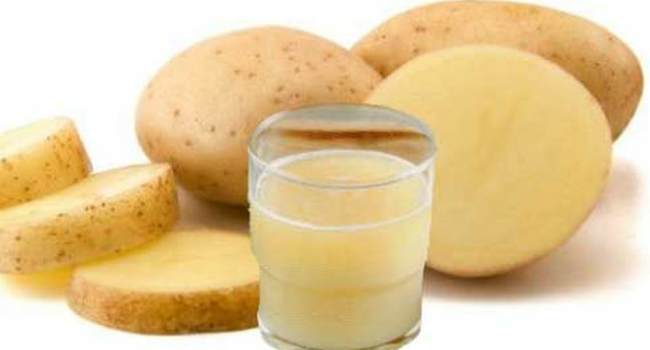
potato juice
Potato juice. This type of juice has anti-inflammatory properties for the human body. Relieves spasms of the intestines and stomach, promotes the speedy healing of ulcers and wounds. It is consumed 20-30 minutes before a meal, in a freshly prepared form, since in the fresh air it quickly loses its beneficial properties. To improve the taste and benefits for the body, it is allowed to add carrot juice containing vitamins A.
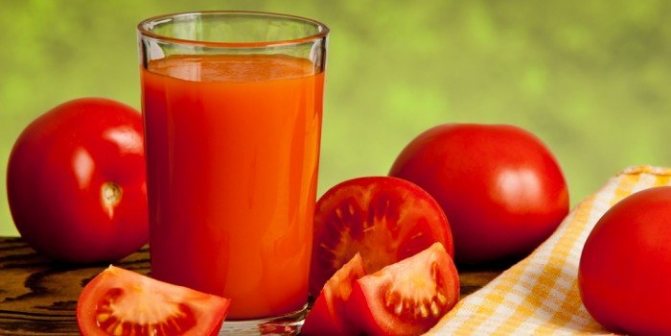
tomato juice
Fresh juice from tomatoes. It is prohibited to consume tomato drink during the acute phase of pancreatitis. The only permitted use of the juice is for persistent remission of the disease, and then in small quantities diluted with water, up to 300 ml per day. Tomatoes have an abundant content of amino acids and minerals (magnesium, potassium, iron, phosphorus, copper), which, if consumed correctly, will not cause irritation to the walls of the gastrointestinal tract and will bring significant benefits to the patient.
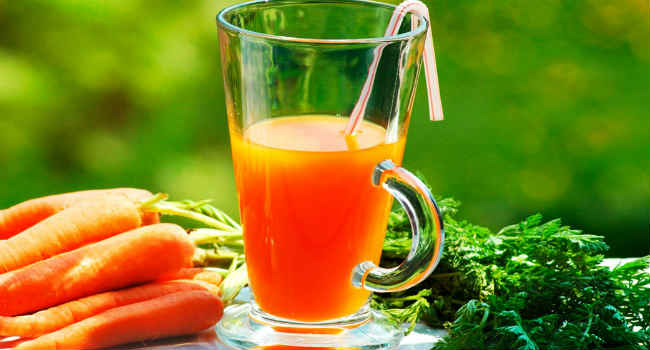
carrot juice
Fresh carrot juice. A very healthy drink, but it has limitations. The drink should not be consumed during an attack of acute pancreatitis; at this stage it is better to avoid it altogether. If the disease progresses calmly, carrot juice is useful for its essential components and nutrients. Has a good effect on the pancreas. Mixed fruit juice with potato juice has a positive effect on the patient’s health, the main remedy used in folk medicine.

pumpkin juice
Pumpkin juice. Pumpkin juice relieves a number of inflammatory processes in the gastrointestinal tract, intestinal spasms, swelling of the walls of the stomach and duodenum. Consumption occurs 15-25 minutes before meals, 120 ml, improves the functioning of the digestive system.
In addition to vegetable drinks, it is recommended to drink juices from fresh fruits:
- apricot;
- peach;
- pear;
- melon drink;
- watermelon.
All drinks consumed by a person with pancreatitis must be fresh.
Store-bought juices are completely contraindicated for consumption.
